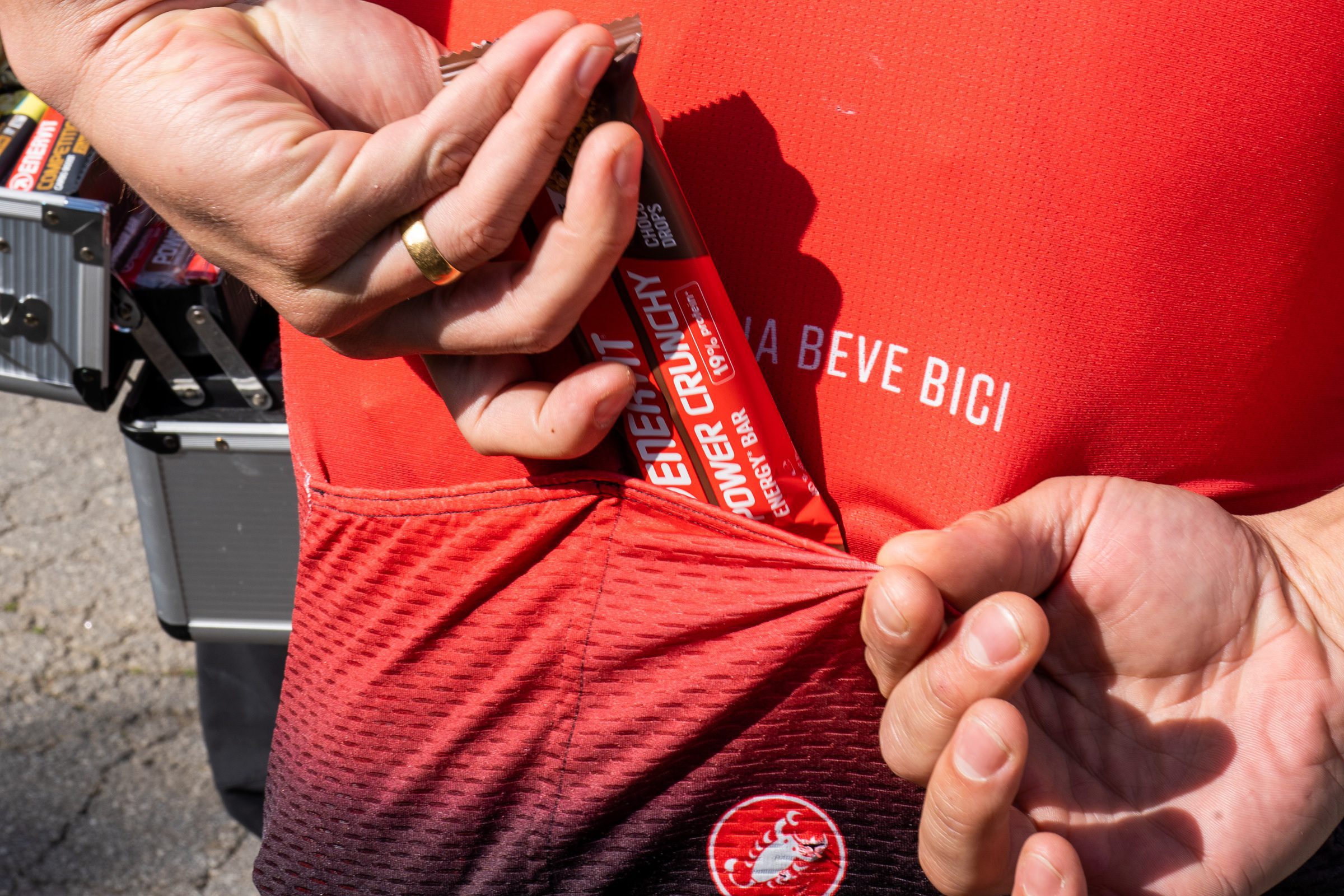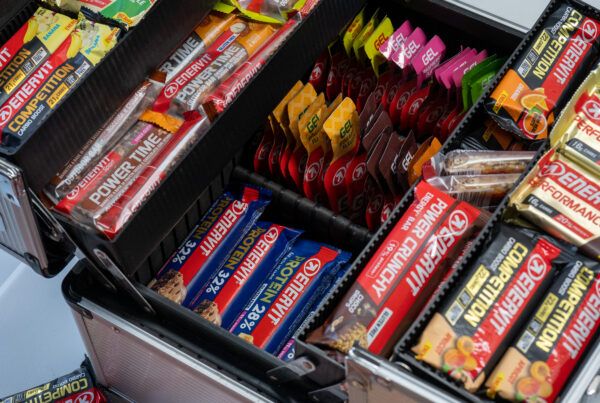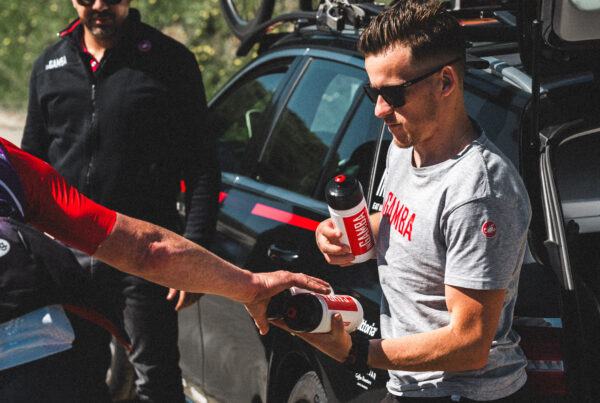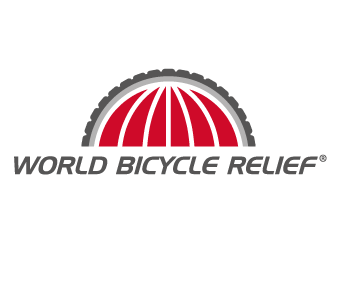…and if so, how do you take in enough carbohydrates to fuel without overdoing it?
As more and more cyclists are talking about upping their carb intake, taking in more than 400 calories of carbohydrates per hour, you may be wondering if you should be adding more carbs to your next ride. While it may be a great idea, there are a few things to consider before you double up your gel consumption during your next interval session!
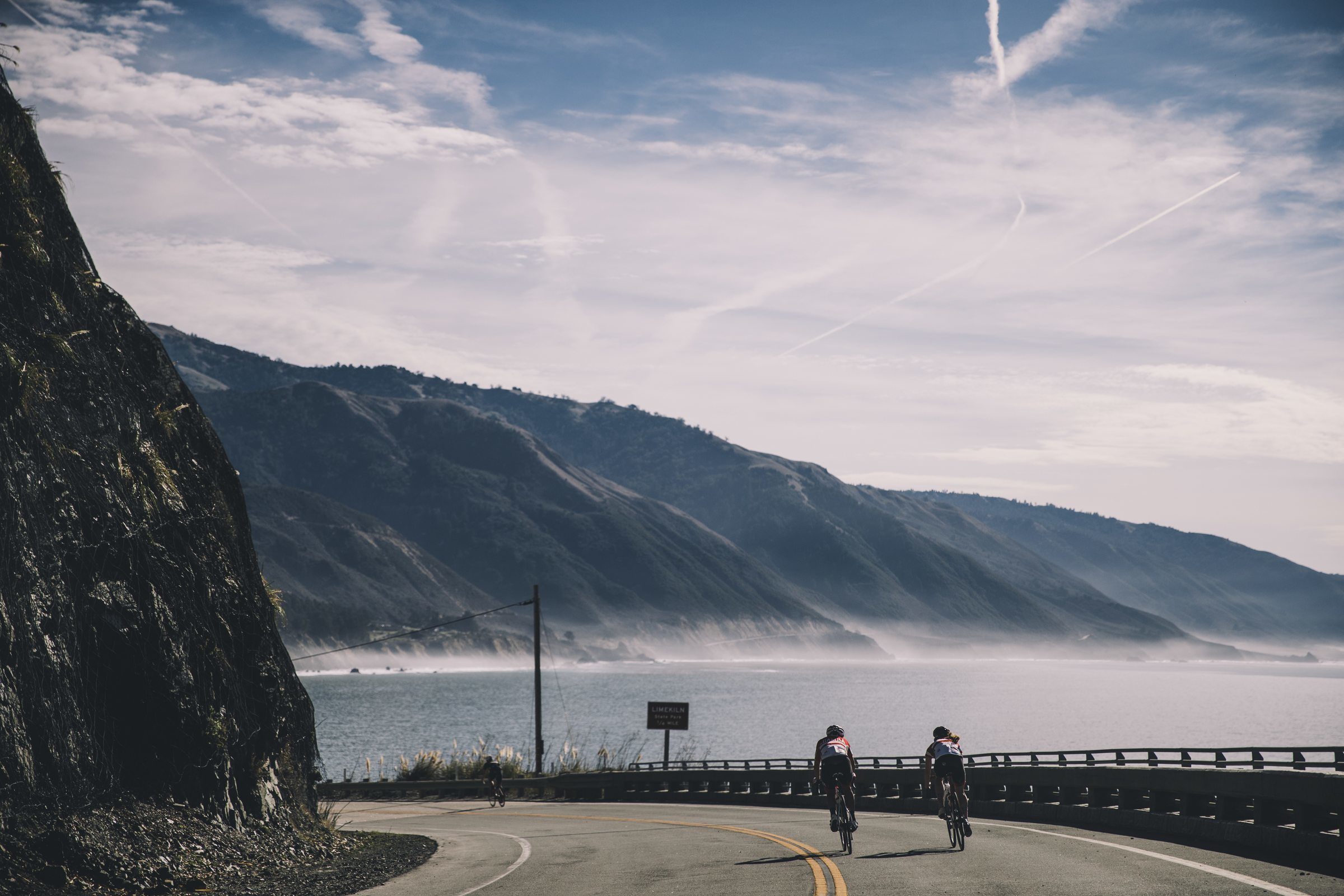
Why increase your carbohydrate consumption?
With all of the new research and development in the nutrition space, it’s become easier (and more palatable and digestible) for cyclists to take in greater amounts of carbohydrates to provide their muscles with more glycogen. This ultra-high carb intake leads to more power, more energy, and frankly, a happier cyclist.
But how do you increase your carbs in a smart way?
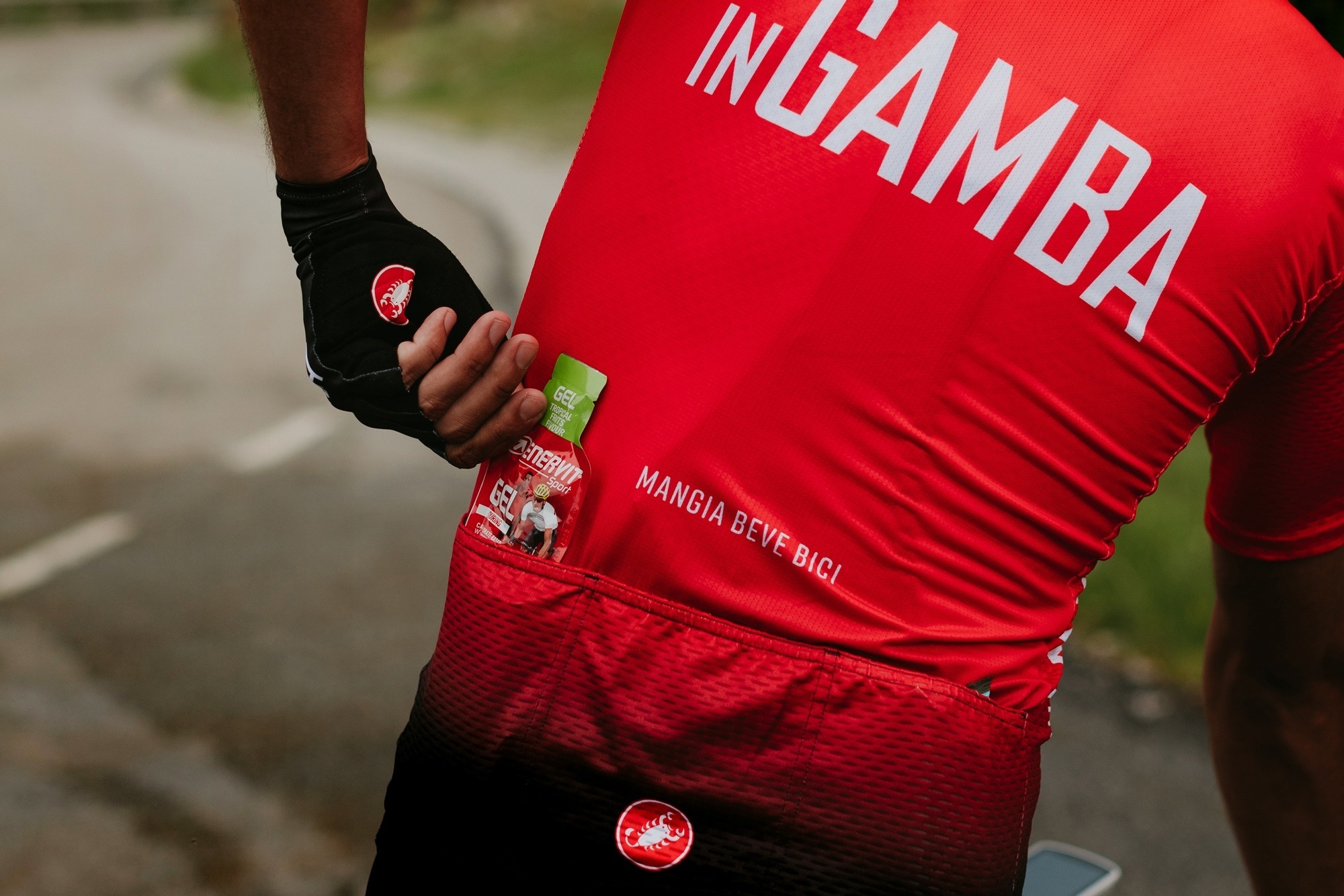
Take it slow
If you do want to increase your carb intake, it’s important to give your gut time to adjust to the influx of sugar. Otherwise… well, we probably don’t have to tell you, but suffice to say, you’ll be hunting for the nearest port-a-potty. You can avoid this stomach distress by slowing increasing your carbohydrate consumption by just 10 grams of carbohydrate per hour on your next ride. (This is only 40 calories, the equivalent of half a gel, a scoop of sports drink, or a few bites of a bar.) If your gut tolerates that for a few rides, you can increase it even more.
Drink enough water
Picture a sink’s drain. If you fill it with food and no water, what happens? It clogs. The same is true of your stomach (though it does get a bit more complicated than that!). If you’re not adding enough liquid to your carbohydrates, though, they’re just going to sit in your stomach rather than be shunted to the muscles that so desperately need that glycogen. If your carbs primarily come in sports drink form, you’re likely fine since you’re hydrating as you take in calories. But if you use gels, bars, chews or any other fuel source, make sure you’re drinking at least a bottle of water per hour to maximize your ability to use those carbs.
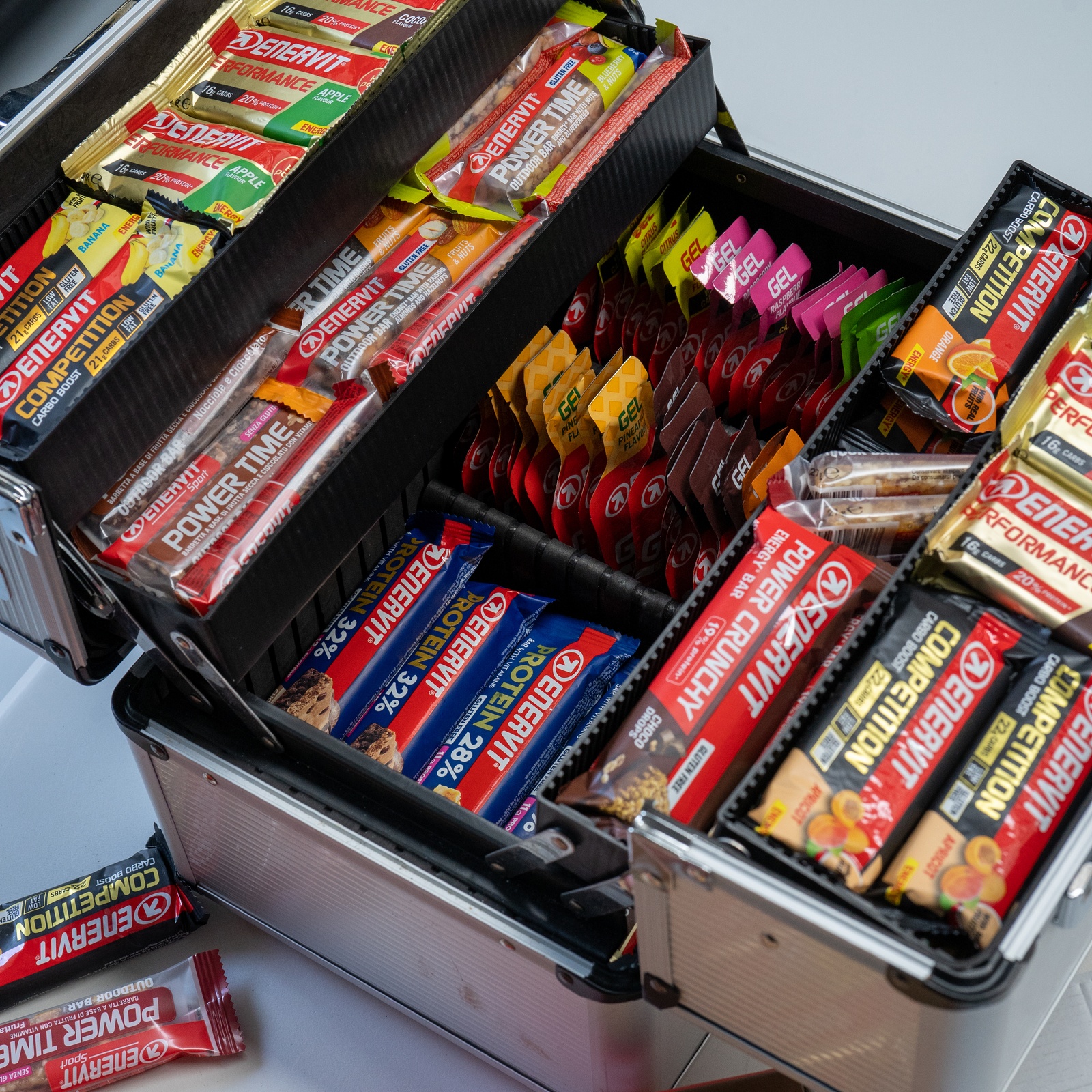
Mix it up
Drinking 500 calories of sports drink per hour works for some riders, but others suffer serious palate fatigue when they’re using the same thing for hours at a time, especially in such high concentrations. You may want to start mixing up what you use, opting for sports drink in hour one, gels in hour two, and bars in hour three (or a mix of all three throughout). You can also play with different flavors to avoid that palate fatigue—Enervit has a wide variety of flavors for their isotonic gels, bars, gels, carbo jellies, cookies and drink mixes.
Know when to stop
Just because Mathieu Van der Poel takes in 100 to 120 grams of carbohydrates per hour in a race like the Tour of Flanders doesn’t mean you should on your next long weekend ride. You may find that you get the best energy boost at 80 grams of carbohydrates per hour, and that if you add more fuel to the tank, you feel bloated and sluggish. There will be a tipping point where your body simply won’t process more fuel efficiently—so pay attention to your performance as you slowly up your carb intake, and when it seems like more carbs aren’t helping, stop there rather than adding more.
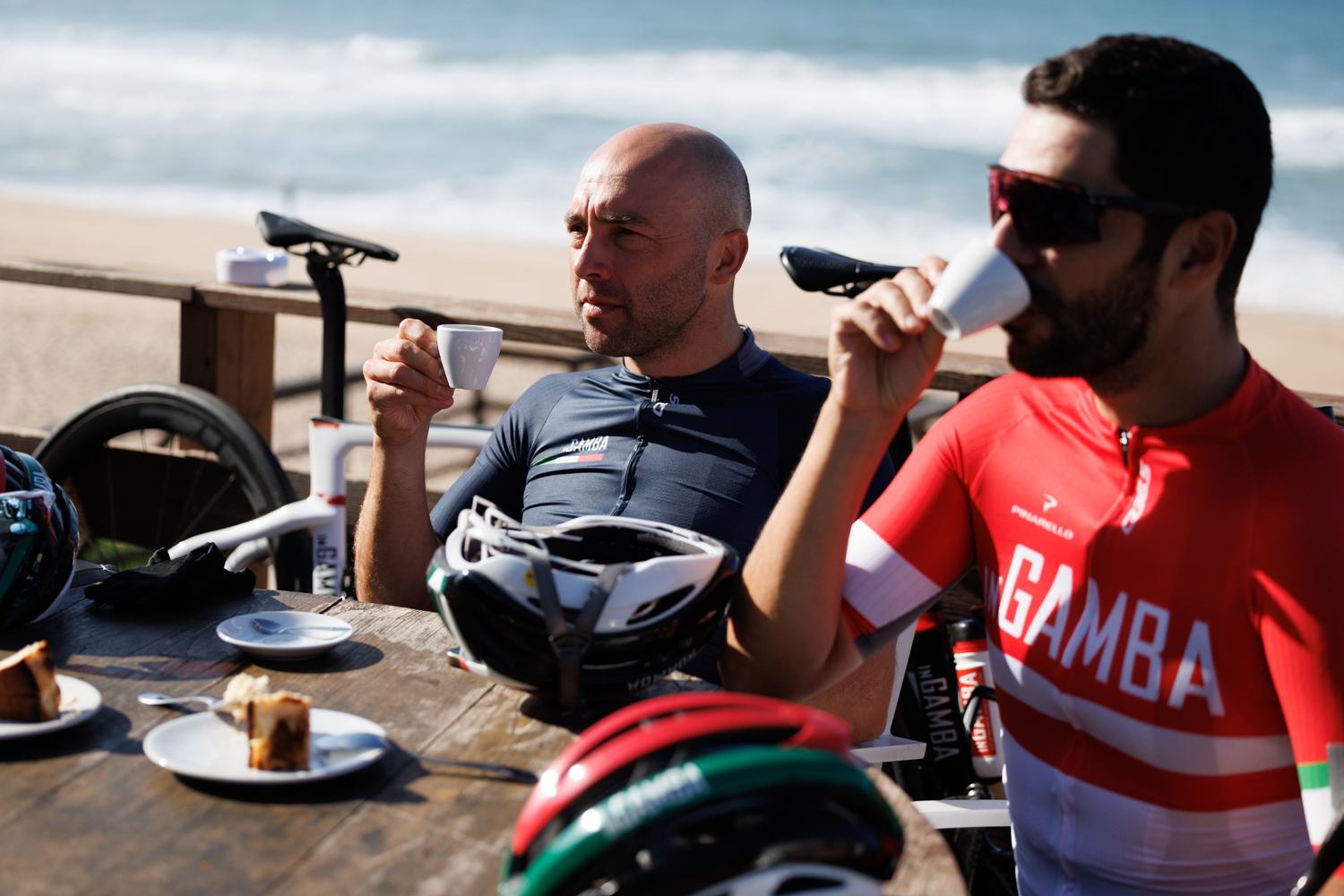
Use that coffee break to carb-load
The best part about an inGamba ride? The coffee stops with the perfect espresso and croissant, served in some of the most scenic spots a cyclist will ever ride to. And that mid-ride carb-up may be just as helpful as regular fueling, especially if you struggle to eat comfortably during your ride. As Bicycling reported last fall, a mid-ride carb-up could be the high-carb solution you’ve been looking for—so go ahead and order that cookie.
